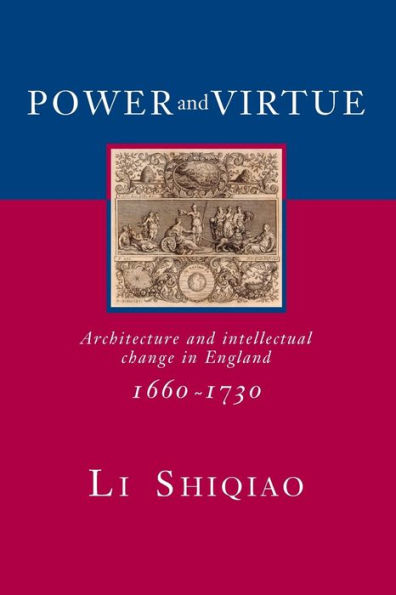5
1
9780415374279



Power and Virtue: Architecture and Intellectual Change in England 1660-1730 / Edition 1 available in Hardcover, Paperback

Power and Virtue: Architecture and Intellectual Change in England 1660-1730 / Edition 1
- ISBN-10:
- 0415374278
- ISBN-13:
- 9780415374279
- Pub. Date:
- 11/24/2006
- Publisher:
- Taylor & Francis
- ISBN-10:
- 0415374278
- ISBN-13:
- 9780415374279
- Pub. Date:
- 11/24/2006
- Publisher:
- Taylor & Francis

Power and Virtue: Architecture and Intellectual Change in England 1660-1730 / Edition 1
$68.95
68.95
In Stock

Product Details
| ISBN-13: | 9780415374279 |
|---|---|
| Publisher: | Taylor & Francis |
| Publication date: | 11/24/2006 |
| Series: | The Classical Tradition in Architecture , #1 |
| Edition description: | New Edition |
| Pages: | 256 |
| Product dimensions: | 6.12(w) x 9.19(h) x (d) |
About the Author
From the B&N Reads Blog
